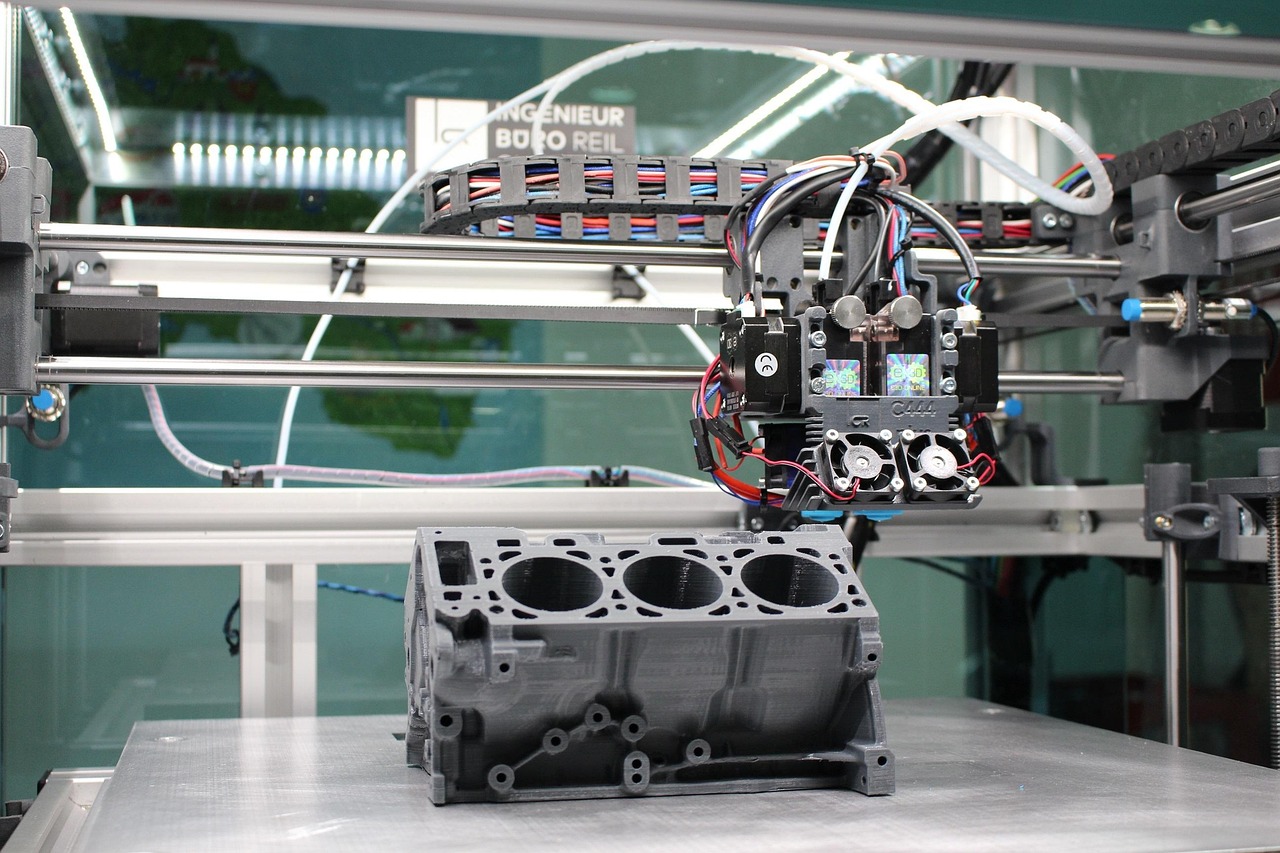Liposuction Unveiled: The Truth About This Transformative Procedure
Liposuction has long been a topic of fascination and controversy in the world of cosmetic surgery. This transformative procedure promises to reshape bodies and boost confidence, but what's the real story behind the hype? In this comprehensive guide, we'll unveil the truth about liposuction, exploring its benefits, risks, and what potential patients need to know before taking the plunge.

Understanding Liposuction: More Than Just Fat Removal
Liposuction, often confused with a tummy tuck (abdominoplasty), is a surgical procedure designed to remove stubborn fat deposits from various areas of the body. While it’s commonly associated with the abdomen, liposuction can be performed on the thighs, arms, back, and even the face. The procedure involves making small incisions and using a thin tube called a cannula to suction out fat cells. Unlike a tummy tuck, which focuses on removing excess skin and tightening muscles, liposuction specifically targets fat removal.
The Consultation Process: Your First Step
Before undergoing liposuction, a thorough consultation with a board-certified plastic surgeon is crucial. During this meeting, you’ll discuss your goals, medical history, and expectations. The surgeon will evaluate your body and determine if you’re a suitable candidate for the procedure. It’s important to be honest about your lifestyle, habits, and any medications you’re taking. This initial consultation is also an opportunity to ask questions about the procedure, recovery, and potential risks.
Debunking Myths: What Liposuction Can and Cannot Do
One of the most persistent myths about liposuction is that it’s a weight-loss solution. In reality, liposuction is best suited for individuals who are at or near their ideal weight but struggle with localized fat deposits that don’t respond to diet and exercise. It’s not a substitute for a healthy lifestyle, and the results can be compromised if significant weight gain occurs post-procedure. Additionally, liposuction doesn’t address cellulite or loose skin, which are often mistakenly believed to be treatable with this procedure.
The Procedure: What to Expect on the Day
On the day of your liposuction procedure, you’ll typically be given local anesthesia, although general anesthesia may be used for more extensive treatments. The surgeon will make small incisions in the target areas and insert the cannula to break up and remove fat cells. The procedure can take anywhere from one to several hours, depending on the extent of the treatment. Modern techniques, such as tumescent liposuction, have made the process safer and more effective, with reduced bleeding and faster recovery times.
Recovery and Results: Patience is Key
The recovery process after liposuction varies from person to person, but most patients can return to work within a week or two. However, it’s important to note that full results may not be visible for several months as swelling subsides and the body adjusts to its new contours. Patients are typically required to wear compression garments to help reduce swelling and support the treated areas. While some results are immediately noticeable, the final outcome continues to improve over time, with optimal results usually seen after about six months.
The Real Cost of Reshaping: Financial and Physical Considerations
When considering liposuction, it’s crucial to understand both the financial and physical costs involved. The price of liposuction can vary significantly depending on factors such as the areas treated, the surgeon’s experience, and geographic location. It’s important to note that as an elective cosmetic procedure, liposuction is typically not covered by insurance.
| Provider Type | Estimated Cost Range | Factors Affecting Cost |
|---|---|---|
| Private Clinic | $2,000 - $8,000 | Area treated, surgeon’s expertise |
| Hospital | $4,000 - $12,000 | Facility fees, anesthesia costs |
| Medi-Spa | $1,500 - $5,000 | Limited treatment areas, less invasive techniques |
| Plastic Surgery Center | $3,000 - $10,000 | Comprehensive care, advanced technology |
Beyond the financial aspect, patients must also consider the physical toll of the procedure. While liposuction is generally safe when performed by a qualified surgeon, it still carries risks such as infection, uneven contours, and changes in skin sensation. Recovery time and potential discomfort should also be factored into the decision-making process.
Liposuction can be a transformative procedure for those struggling with stubborn fat deposits. However, it’s crucial to approach it with realistic expectations and a clear understanding of what the procedure entails. By consulting with experienced plastic surgeons, thoroughly researching the process, and carefully considering both the benefits and risks, individuals can make informed decisions about whether liposuction is the right choice for their body contouring goals. Remember, while liposuction can enhance your appearance, true confidence comes from a holistic approach to health and self-care.




